Top U.S. Orchestras 2009: Former Baton of L.A. Takes NY Philharmonic for a Spin (2009.12.08)
Audio clip: Adobe Flash Player (version 9 or above) is required to play this audio clip. Download the latest version here. You also need to have JavaScript enabled in your browser.
MP3: Claude Debussy – La Mer 2. “Jeux des vagues” from Quadromania CD1 – The Complete Orchestral Works, performed by Radio Luxemburg Orchestra under the direction of Louis de Forment
Esa-Pekka Salonen conducts with the ease of a man who has world and time enough to sculpt with sound. This is no small triumph for NYC’s Avery Fisher Hall, where much can get swallowed if a conductor is not careful. The acoustics are kind to the Steinway, and dampen the coughing, but diminish a great orchestra. The higher your pitch the better off you are when playing this venue. Still, the programming was fantastic: Bartók, Ravel, Debussy. And this orchestra is one of the oldest in the world, with the most performances under its belt at 14,916.
As far as ranking orchestras, I can compare apples to apples when it comes to Ravel’s Concerto in G. I heard L.A. do it last year, but not under Esa-Pekka’s baton. Instead, I heard Martha Argerich under the direction of young prodigy Yannick Nézet-Séguin. This night’s prodigy, young French pianist David Fray, couldn’t help the NY Phil top L.A. in my ranking. He’s simply too young to coax all the nuance out of that mellifluous waltz of a second movement. A flute full of light came to his aid, hovering over piano and cello like a gossamer butterfly. The English horn threw its wistful velvety swath of song over the piano with aching grace. But Fray’s jazzy opener and flashing closer pleased well. What NYC did best was perfect percussive punctuations. The opening movement was even brighter and faster than what I heard in L.A. The harp spell had fantastic subtleties.
The serious piece of the evening was Bartók’s Music for Strings, Percussion, and Celeste. It set the pace for the rest of the concert. Softly, an eerie creep comes from the second violins, the meander of a fugue builds and lurks until the cymbals rattle. The celeste sparkles in interstellar style. In the Allegro the piano mounts with a rumpus and the drum roars, but Salonen maintains all with a tidy zeal. Certain bouncing passages remind one that this was the home orchestra of the famed Leonard Bernstein. Strings slice and the celeste breaks in as the basses creep on pizzicato tiptoe. Since the pianist faced the conductor (by Bartók’s design) his strikes were perfectly timed with each instrument group playing the parallel notes. We’re talking spot-on entrances and endings for each movement. Big striking snaps and flatulently comedic drum rumbles. The violins really know how to swoop in like sirens. The fourth movement is a glorying race for home, heralded by the drums.
The evening’s magical crown was Debussy’s La Mer. Debussy composed this not like a plein-air painter, but from the rich love of memory’s stores. He coyly told a friend in a letter: “You are perhaps unaware that I was intended for the noble career of sailor.” His father, see, was an ex-Navy man. But luckily for us, Fate intervened and gave Debussy the tools he needed to compose his adoration of the sea from the foothills of Burgundy.
In Dawn till Noon, the dull roar of drum met soaring horns. The harp bounced like dolphins in cresting waves. The cymbals lead us toward the truly triumphal. In Play of the Waves, wonderfully flutting woodwinds whirl and gambol over bells, while the flute acts like a seabird dipping and diving for food. There’s no programmatic question: we were on an open, airy sea. There, a conch calls and bells dance like white caps licking a boat’s sides. The strings had a bursting, burgeoning quality I’ve never heard before.
All the while, Salonen kept control without a hint of tightness. He flows into the background of his own show and yet… One can only think of him as the woman in the Wallace Steven’s poem Idea of Order at Key West.
She was the single artificer of the world
In which she sang. And when she sang, the sea,
Whatever self it had, became the self
That was her song, for she was the maker. Then we,
As we beheld her striding there alone,
Knew that there never was a world for her
Except the one she sang and, singing, made.
If you’re keeping score at home, your top U.S. Orchestra is still Cleveland, followed by L.A. where Esa-Pekka Salonen must have lasting influence among the players. When in New York, however, do as only New Yorkers can do, and get thee to Avery Fisher Hall – even on a Tuesday night!
Related posts
- Top U.S. Orchestras 2009: New Conducting Prodigy Makes Angelenos Swoon for Martha Argerich (2009.03.12)Dmitri Shostakovich’s Symphony No. 5 from Berstein Century (w/ NY Philharmonic)...
- Top U.S. Orchestras 2009: Pierre Boulez and the Lion’s Roar Pummel Chicago (2009.02.28)[Audio clip: view full post to listen] MP3: Edgard Varese...
- Top U.S. Orchestras 2009: Live Review – Kurt Masur Drives Cleveland Symphony…Throttle – Wide Open (2009.02.26)Kurt Masur drove the Cleveland Symphony like a Maserati GranTurismo....
- Top U.S. Orchestras 2009: Boston’s natural and effortless modernism (2009.03.28)Continuing our Top US Orchestras 2009 series, I headed up...
- 2008 Wrap-Up (Sam): 2008’s Top U.S. Orchestras – Plan Vacations Accordingly[Audio clip: view full post to listen] MP3: Shostakovich –...






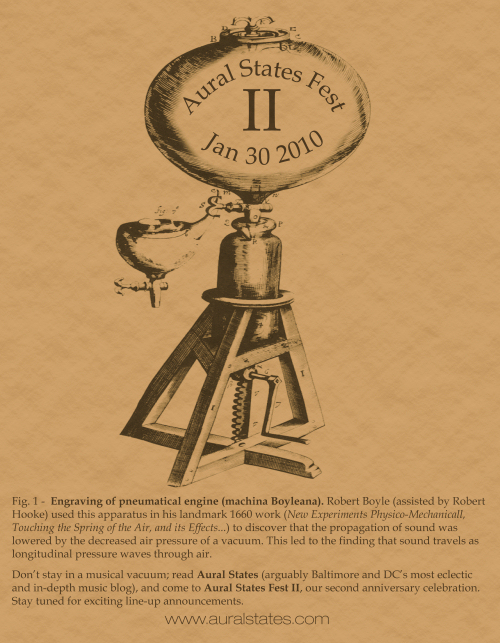














 Double Dagger: Masks EP
Double Dagger: Masks EP Pfisters: Narcicity
Pfisters: Narcicity Lizz King: All Songs Go To Heaven
Lizz King: All Songs Go To Heaven Imperial China: Phosphenes
Imperial China: Phosphenes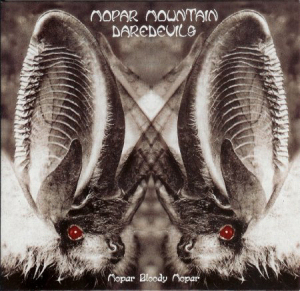 Mopar Mountain Daredevils: Mopar Bloody Mopar
Mopar Mountain Daredevils: Mopar Bloody Mopar Lonnie Walker: These Times, Old Times
Lonnie Walker: These Times, Old Times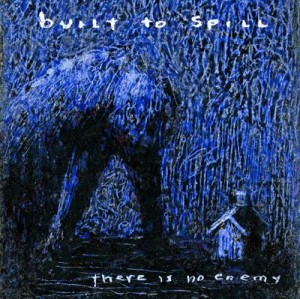 Built to Spill: There Is No Enemy
Built to Spill: There Is No Enemy Hypnotic Brass Ensemble: Hypnotic Brass Ensemble
Hypnotic Brass Ensemble: Hypnotic Brass Ensemble Secret Mountains: Kaddish EP
Secret Mountains: Kaddish EP Bela Fleck: Throw Down Your Heart: Tales From the Acoustic Planet, Vol. 3 -Africa Sessions
Bela Fleck: Throw Down Your Heart: Tales From the Acoustic Planet, Vol. 3 -Africa Sessions Lands & Peoples: Lands & Peoples EP
Lands & Peoples: Lands & Peoples EP Caleb Stine: Eyes So Strong and Clean
Caleb Stine: Eyes So Strong and Clean Wye Oak: The Knot
Wye Oak: The Knot Pontiak: Maker
Pontiak: Maker White Rabbits: It's Frightening
White Rabbits: It's Frightening Dirty Projectors: Bitte Orca
Dirty Projectors: Bitte Orca Double Dagger: More
Double Dagger: More Elvis Perkins in Dearland: Elvis Perkins in Dearland
Elvis Perkins in Dearland: Elvis Perkins in Dearland Dan Deacon: Bromst
Dan Deacon: Bromst The Thermals: Now We Can See
The Thermals: Now We Can See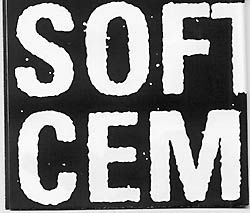 Soft Cement: Think About It EP
Soft Cement: Think About It EP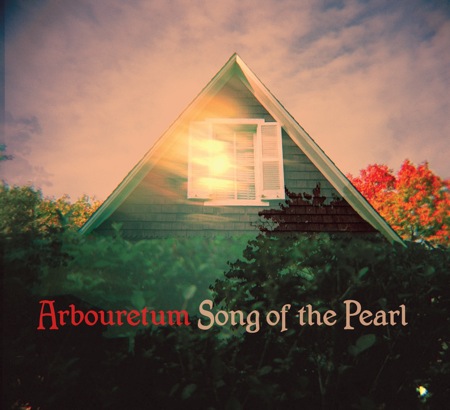 Arbouretum: Song of the Pearl
Arbouretum: Song of the Pearl The Pains of Being Pure at Heart: The Pains of Being Pure at Heart
The Pains of Being Pure at Heart: The Pains of Being Pure at Heart Benjy Ferree: Come Back to the Five and Dime, Bobby Dee Bobby Dee
Benjy Ferree: Come Back to the Five and Dime, Bobby Dee Bobby Dee Weekends: Weekends
Weekends: Weekends Height With Friends: Baltimore Highlands 12" LP, Limited-Run Vinyl Only
Height With Friends: Baltimore Highlands 12" LP, Limited-Run Vinyl Only Caverns: Kittens! EP
Caverns: Kittens! EP Little Joy: Little Joy
Little Joy: Little Joy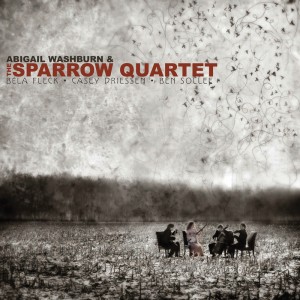 Abigail Washburn & the Sparrow Quartet:Abigail Washburn & the Sparrow Quartet
Abigail Washburn & the Sparrow Quartet:Abigail Washburn & the Sparrow Quartet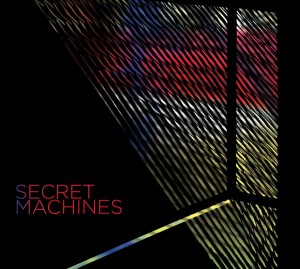 The Secret Machines: Secret Machines
The Secret Machines: Secret Machines The Bug: LondonZoo
The Bug: LondonZoo 13th Floor Elevators: Psychedelic Sounds of the 13th Floor Elevators (Vinyl Mono LP only)
13th Floor Elevators: Psychedelic Sounds of the 13th Floor Elevators (Vinyl Mono LP only) Arbouretum/Pontiak: Kale (Vinyl LP only)
Arbouretum/Pontiak: Kale (Vinyl LP only) Small Sur: We Live in Houses Made of Wood
Small Sur: We Live in Houses Made of Wood AbeVigoda: Skeleton
AbeVigoda: Skeleton ImperialChina: Methods: EP
ImperialChina: Methods: EP
Well said. Thanks for making the connection between the Stevens piece and La Mer. I did not know Debussy had a sailor for a father.